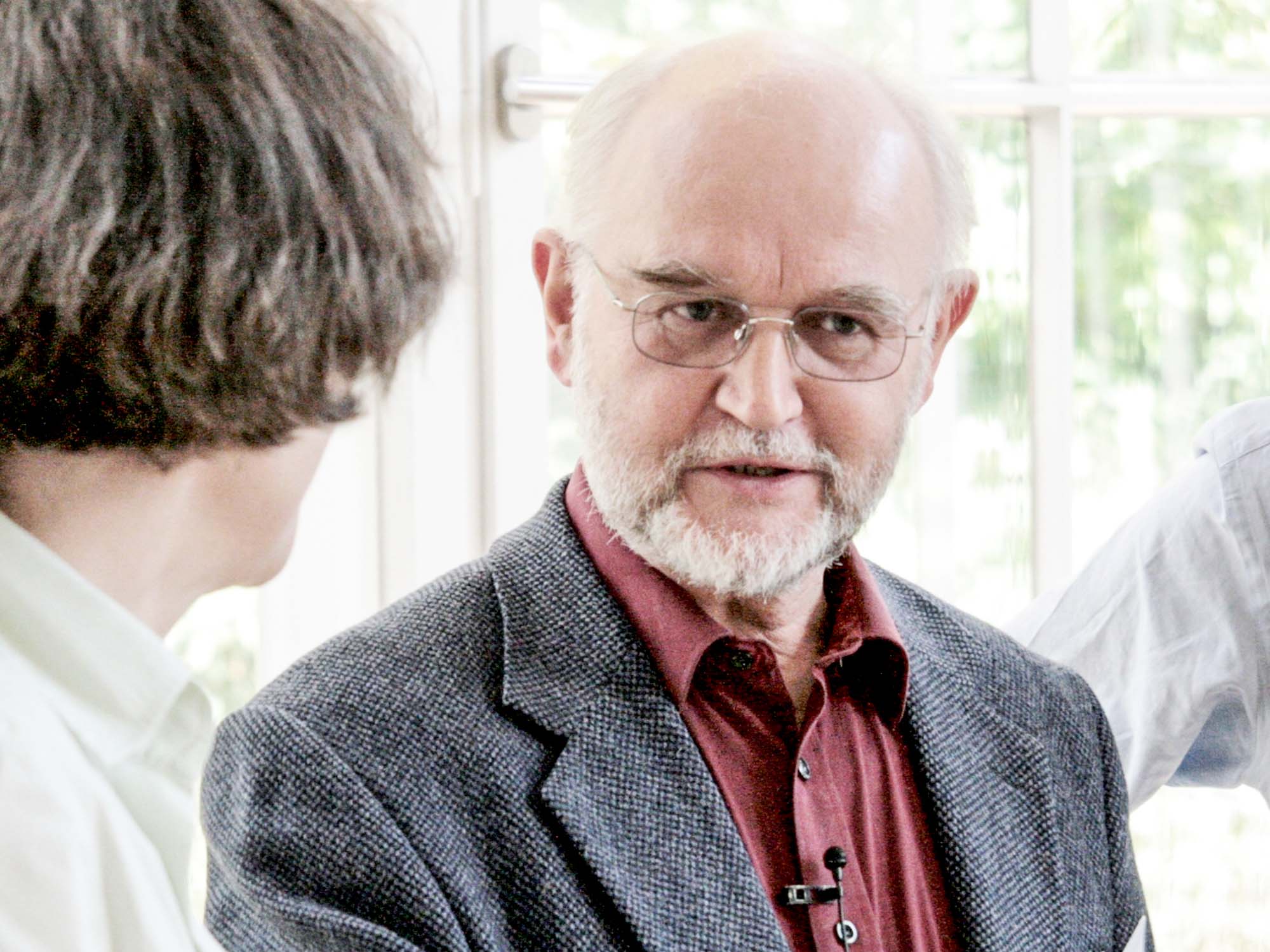According to Friedrich Glasl, the escalation in the event of conflict goes downwards, because «the path of escalation leads with a certain compelling force to regions that call for great subhuman energies, but which in the long run elude human control and domination».
Glasl observes that the parties to the conflict are increasingly acting irrationally, orienting themselves more and more closely to what they have experienced so far and ignoring the consequences of their actions. All this is usually hidden from those involved. The nine stages of escalation according to Friedrich Glasl:
Win-Win
1. Hardening Opinions collide. It is not perceived as a conflict.
2. Polarization and Debate Disagreements lead to disputes. You want to convince the other.
3. Actions instead of words Conversations stop. Compassion for the other party is lost.
Win-Lose
4. Concern for image and coalition You are looking for comrades-in-arms. Feels legitimized to denounce the opponent.
5. Loss of face The opponent is to be destroyed in his identity. Changes. Loss of trust.
6. Strategies of threat Threats represent one’s own power.
Lose-Lose
7. Limited destruction strikes The opponent, no longer experienced as a human being, wants to harm by all means.
8. Fragmentation Everything that supports the opponent is to be destroyed.
9. Together into the abyss Their own destruction is accepted in order to defeat the opponent.
Image Friedrich Glasl





